There is a great Rainforest in Sri Lanka that has not been touched by humans since the pre-Gondwana era when all the continents were one. It is the Sinharaja forest reserve. In this article, we will delve into the lush, vibrant, and enigmatic world of this UNESCO World Heritage Site.
A popular opinion regarding how the forest got its name is that lions have been alive in Sri Lanka and India in the past, and the last lion in Sri Lanka lived in this forest spreading its dominance, and because of that, it was later called Sinharajaya.
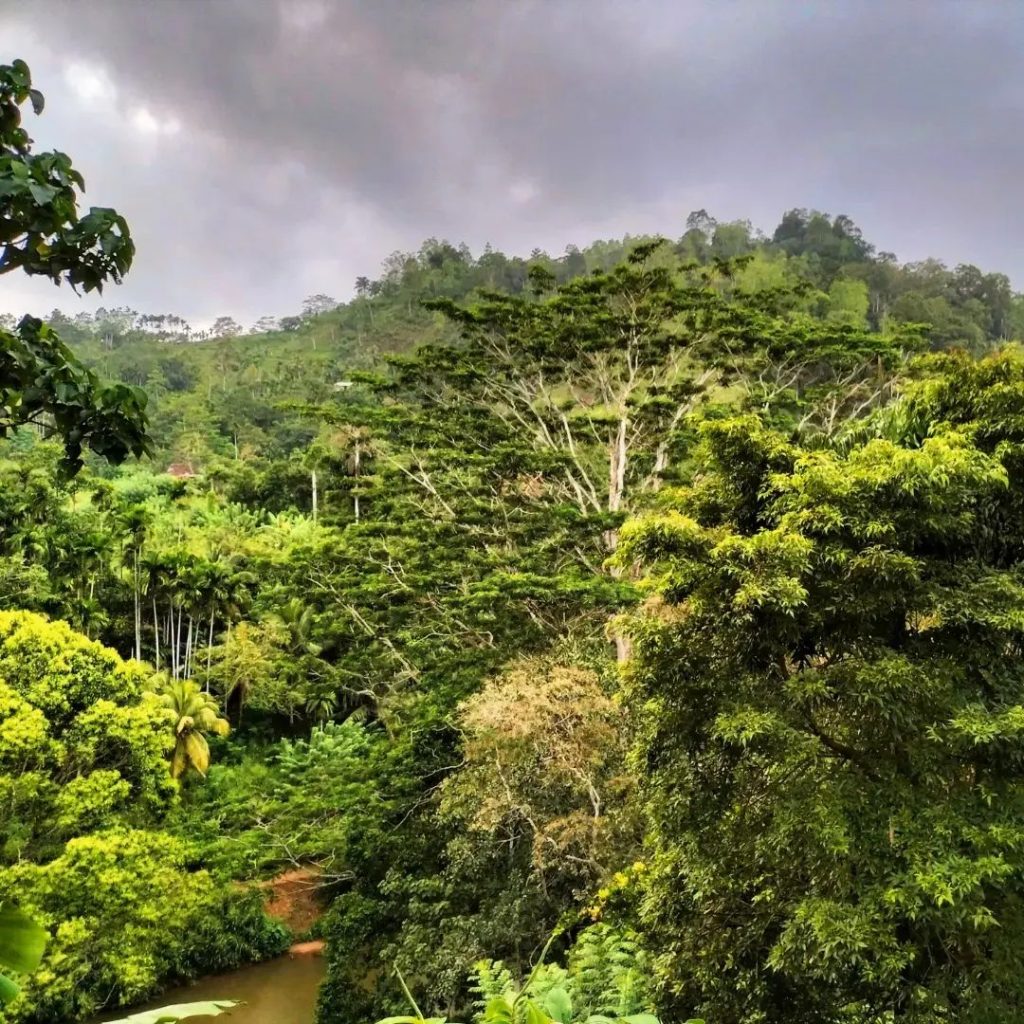
A Glimpse into Sinharaja Forest Reserve
Geographical Significance
Sinharaja’s geographical placement, shielded by the central mountains and the Indian Ocean, results in heavy rainfall. This abundant precipitation sustains a thriving ecosystem, making it a Tropical Wet Evergreen Forest.
There are 5 mountains with a height of more than 600 meters. Among them, the highest place is Hinipitigala mountain which is located at the height of 1171 meters.
Biodiversity Hotspot
It is well acknowledged that the Sinharaja rainforest in Sri Lanka is one of the world’s biodiversity hotspots. An incredible variety of plants and animals may be found inside its borders. More than half of Sri Lanka’s endemic species, including rare amphibians, reptiles, and orchids, are found there.
However, the forest’s richness of life is unsurpassed by many more substantial rainforests and also, Sinharaja is a haven for wildlife lovers. It’s home to the secretive Purple-faced Langur and the colorful Sri Lankan Frogmouth.
Rainfall in the wooded region ranges from 300 to 6000 mm on average. Additionally, the region’s average yearly temperature is between 18 and 27 degrees Celsius. This region has abundant rainfall, which has resulted in the creation of numerous stunning waterfalls. Brahmana Falls, Duwili Falls, and Ura Vetunu Falls are a few of them.
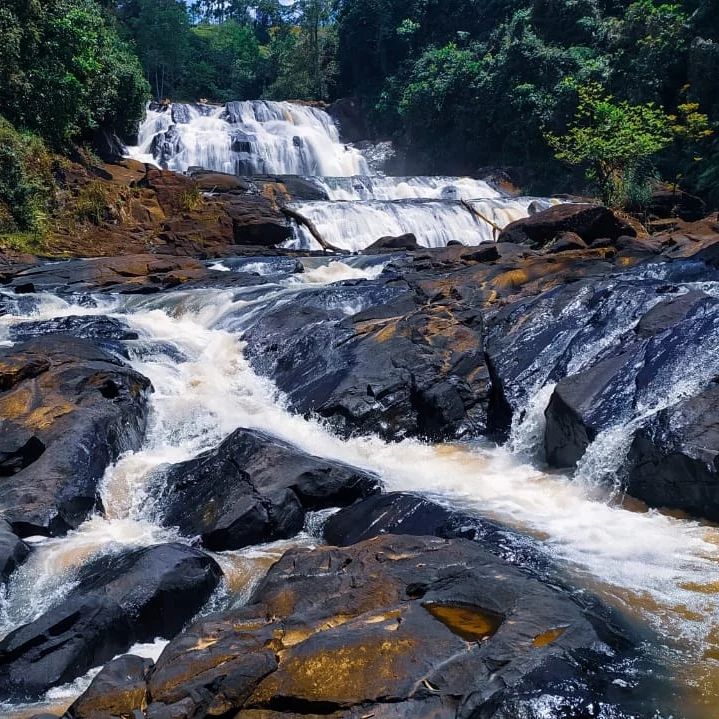
Sinha raja’s Flora and Fauna
Exquisite Plant Life
In this bio-diversity ecosystem, the Sinharaja forest reserve has a density of about 240,000 plants per hectare. Among the 340 species of plants with timber value found here, 192 species of plants are endemic to Sri Lanka. Out of those 192 plant species, 15 are found only in the Sinharaja. Also, about 75% of the plants here are endemic to this country.
Sinharaja’s flora is a testament to nature’s artistic brilliance. Towering dipterocarp trees form the canopy, while the forest floor teems with endemic plants like Sinharaja fern and Sinharaja orchid.
Below are the main canopy layers of the plant system located in the Sinharaja rainforest.
- The emergent layer
The emergent layer is the forest layer about 45 meters above the forest floor, home to eagles, monkeys, butterflies, insects, and bats. This layer consists of tall trees like Shorea congestiflora, Sorea stipulates, and Shorea affinis.
- Canopy layer
At about 35 meters above the ground, plants such as Shorea distinct and Shorea megistophylla form the primary canopy layer. This layer simultaneously provides a habitat for animals such as monkeys, flying squirrels, bats, tree frogs, ants, beetles, and flies.
- Sub-canopy layer
The sub-canopy layer at a height of about 25 meters is home to a large concentration of insects. The plant species in this layer protect the exposed soil to regenerate the forest and create a micro-habitat.
- Ground layer
The ground layer, known as the lowest layer, consists of many rare and endemic herbaceous plants.
Wildlife Wonders
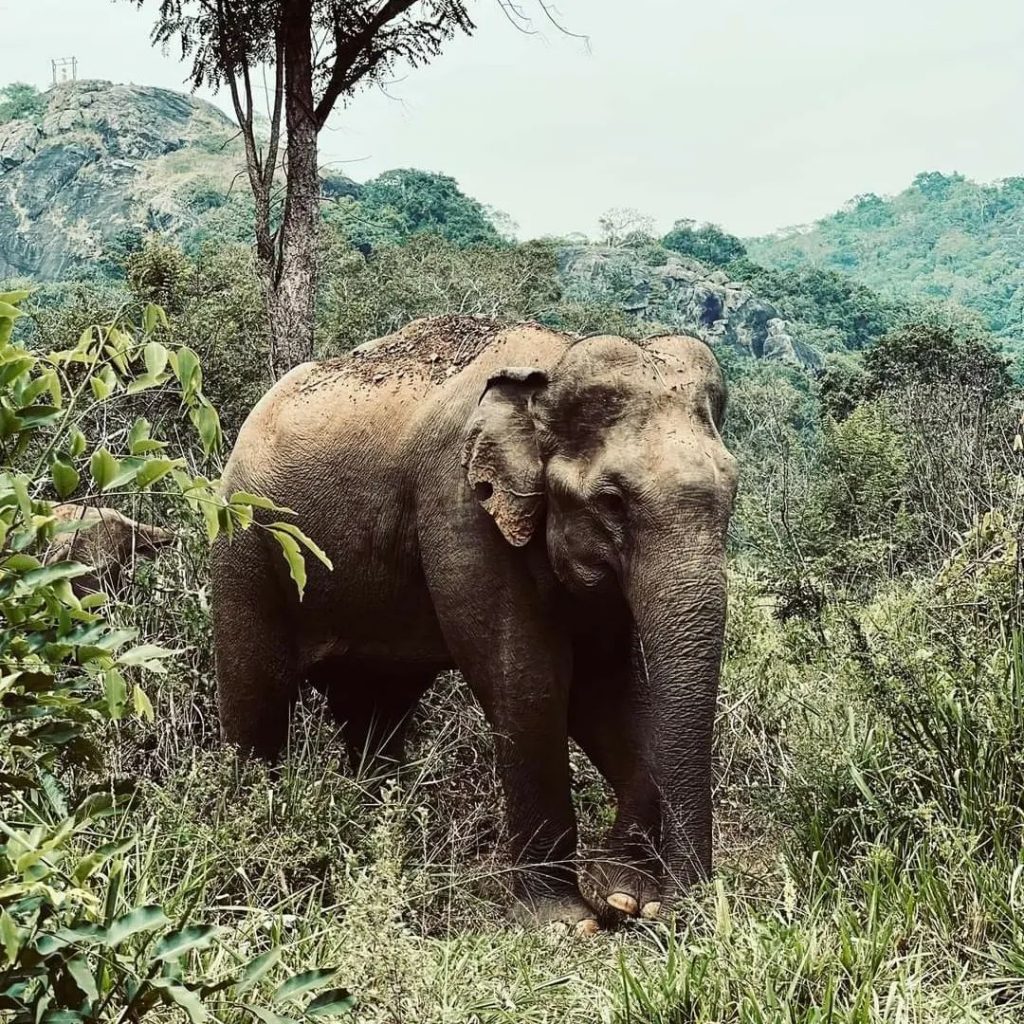
Elephants used to roam freely in this woodland. However, the number of elephants in this area has drastically reduced as of late. However, other animal species, including sambar deer, green leopards, and various sorts of deer, may still be found in this area.
Also, 8 of the 12 mammal species are endemic. In this forest where about 160 species of birds live, about 18 species of birds are endemic.
There are 45 species of reptiles here, 21 of which are endemic to Sri Lanka. Similarly, among the reptiles, several species of lizards and tortoises are endemic. Apart from that, the two extremely rare species of snakes called Rhinophis tricoloratus and Ceylon keelback(Haplocercus ceylonensis) can also be seen. Also, Green Garden Lizards and Little Horned Lizards are found in the Forest.
50 extremely rare species of amphibians live in Sinharajaya. A species of limbless frog, the Yellow-banned Caecilian lives underground in the swampy areas of Sinharajaya. Also, 40 mammals, 20 species of freshwater fish, and 65 species of butterflies are found in the Sinharaja forest reserve.
Visitor’s Paradise
Plan Your Trip
If you’re planning a visit, be sure to check the weather and pack accordingly. The forest is open year-round, but the best time to visit is during the dry season, from December to April. Entry permits are essential, and local guides are highly recommended.
Guidelines for Visitors
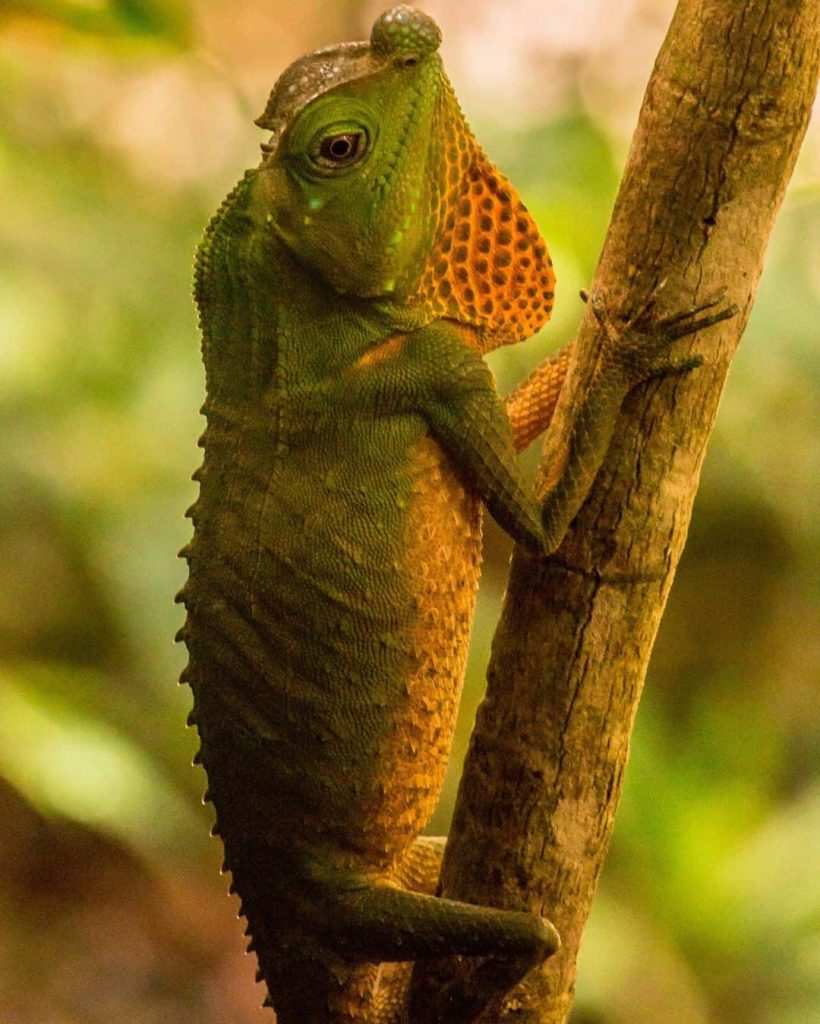
Responsible tourism is essential to preserve Sinharaja. Please follow guidelines such as not disturbing wildlife, not littering, and respecting the local culture.
Plan Your Adventure
Best Times to Visit
Plan your Sinharaja rainforest in Sri Lanka adventure during the dry season (December to April) for the best experience. The weather is pleasant, and wildlife sightings are more frequent.
Packing Essentials
Prepare for your adventure with essentials like sturdy hiking boots, rain gear, insect repellent, and a camera to capture the beauty of Sinharaja.
The Ethereal Beauty
Trails and Trekking
Sinharaja has a network of well-maintained trails that allow you to get up close and personal with the forest’s magnificence. Popular starting points include the Makandawa Forest Reserve and the Pitadeniya Entrance.
Soothing Sounds
In Sinharaja, silence is only interrupted by the gentle symphony of nature. As you trek deeper into the forest, the chorus of birds, the rustling leaves, and the whispering streams create an unforgettable soundscape. It’s a place where stress melts away, and serenity takes hold.
Conservation Efforts
UNESCO World Heritage
On the proposal of the Forest Department, Sinharaja was designated an International Man and Biosphere Reserve by UNESCO in 1978 due to its significance as a watershed, its biological significance, and the immense ecological benefits it offers. This national importance was saved and given national heritage status in 1988. The Sinharaja forest reserve was designated a World Heritage Site by UNESCO a year later, in 1989.
Challenges and Solutions
Conserving Sinharaja isn’t without challenges. Logging, illegal activities, and the effects of climate change pose threats. However, numerous initiatives, both government and community-driven, are actively working to protect this natural jewel.
Conclusion
In conclusion, the Sinharaja forest reserve remains an enchanting, mysterious, and irreplaceable gem of nature, teeming with life and stories waiting to be discovered. The future of this ecological wonder depends on our collective efforts to preserve it.
FAQs
- Is it safe to visit Sinharaja Rain Forest?
Sinharaja is generally safe for visitors, but it’s essential to follow guidelines and respect the environment.
- What’s the best way to reach Sinharaja?
The nearest major city is Galle and Matara. You can hire a private vehicle or use public transportation to reach the forest.
- Are there accommodations within Sinharaja?
Accommodations are available in nearby towns and villages, making it easy to stay close to the rainforest.
- What wildlife can I expect to see in Sinharaja?
Sinharaja Forest Reserve is home to a diverse range of wildlife, including various bird species, reptiles, and insects
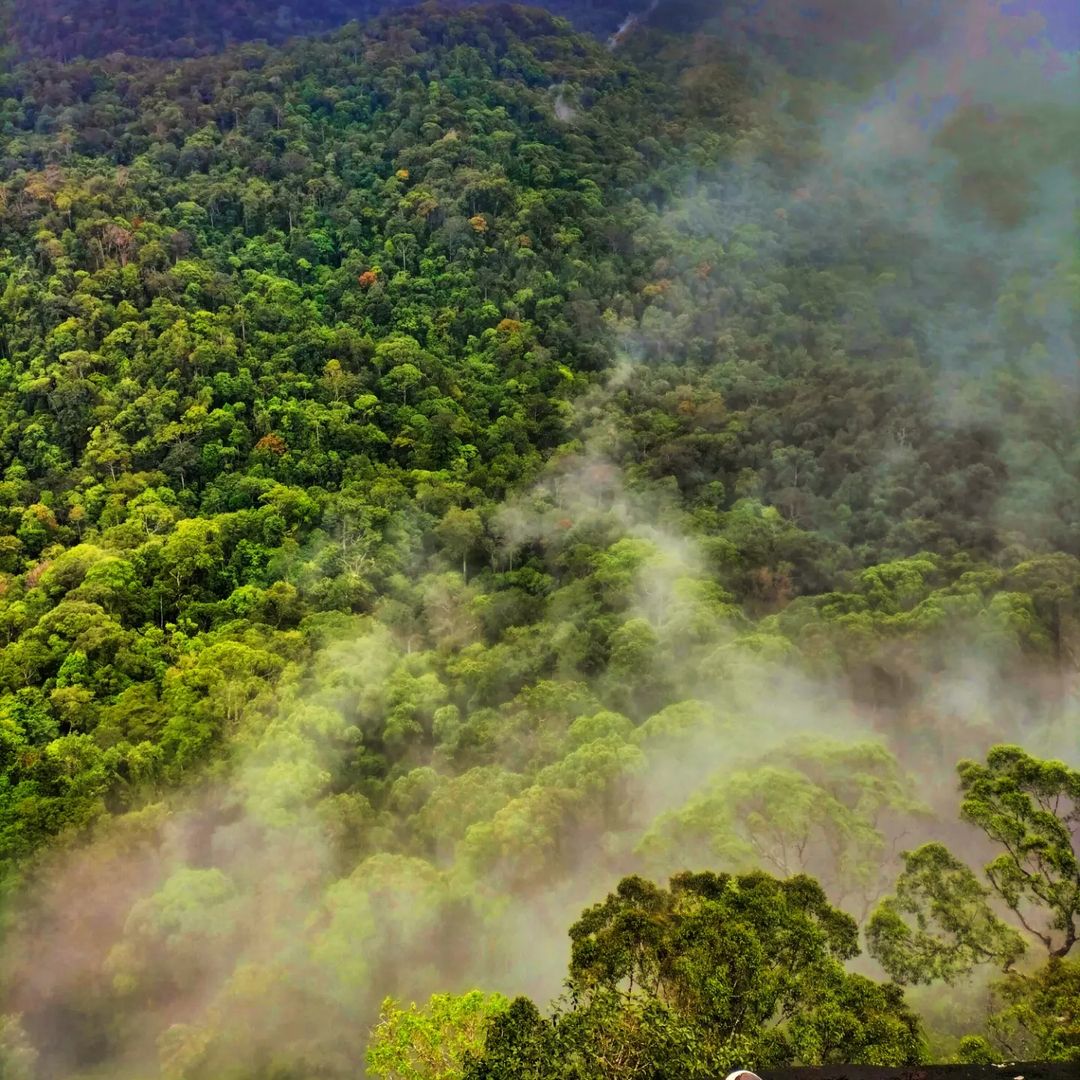
Comment (0)